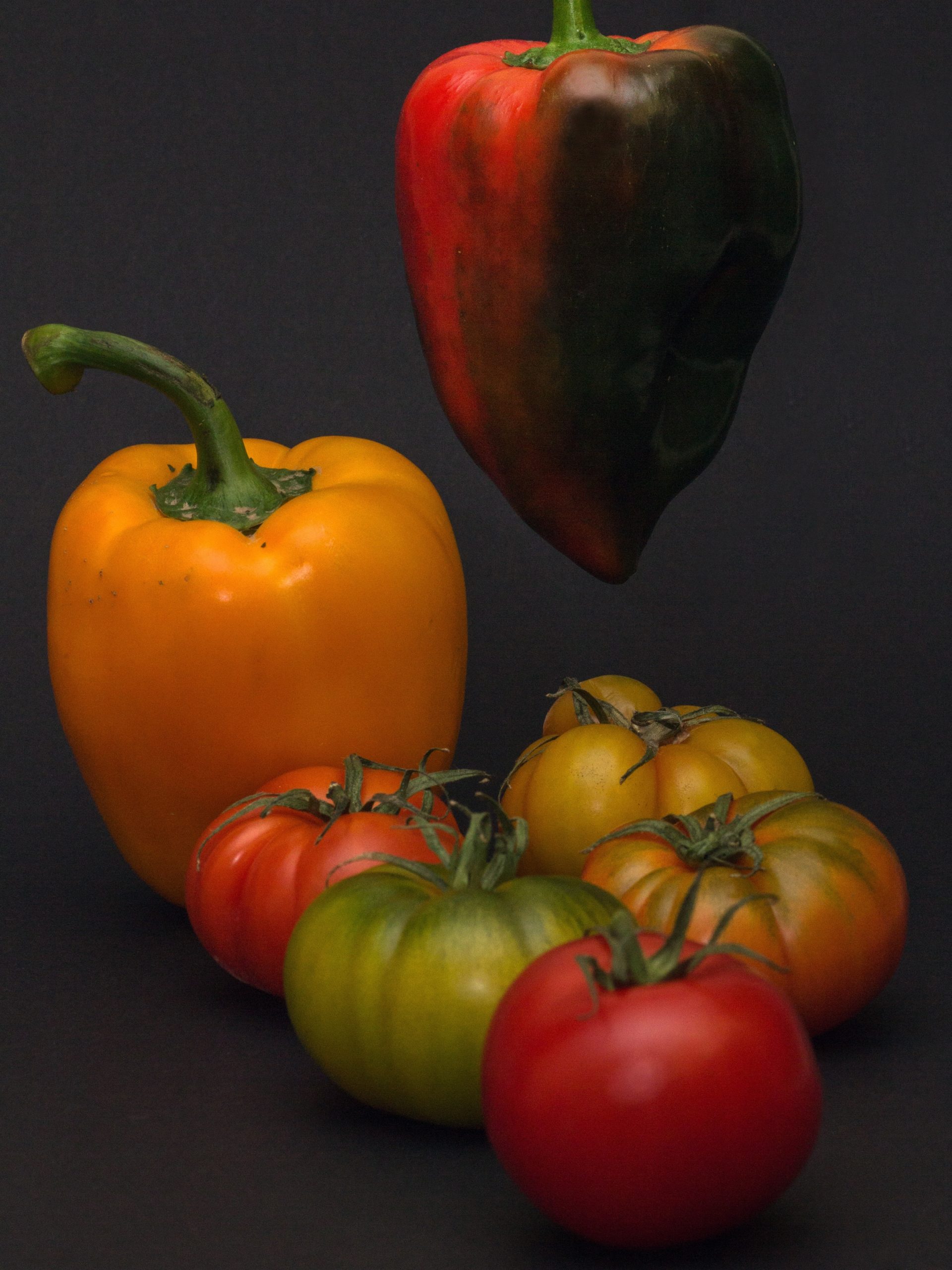Growing Peppers Indoors – Guidelines & Tips
If gardening is your passion, growing peppers indoors might just become your newest challenge. Peppers are easy to plant, can thrive in many different climates, and offer many interesting varieties. Here are some guidelines and tips to help you start your pepper growing journey.
Growing Peppers Indoors
Before you get started, consider the conditions that peppers need to thrive. Peppers require sunlight in order to reach the right degree of ripeness, so you’ll need to create an area with plenty of sunlight for them to absorb. The temperature for peppers should be around 65 to 85 degrees Fahrenheit, so if you don’t have enough natural sunlight in your home, you might need to use a heat lamp to warm your plant. Peppers also need adequately moist soil so they can get the water they need. Select a potting soil specifically for peppers or make your own with combination of sand, compost, and peat moss.
Tips for Planting
- Choose a planter size that is appropriate for the pepper type you are growing. Plants that have larger peppers such as bell peppers will need larger containers.
- Select an area in the home that has plenty of natural light. Place your planter in these areas and supplement with a heat lamp if needed.
- Before planting pepper seeds, moisten the soil and keep it moist until germination. Peppers need consistently moist soil to keep them alive.
- If possible, use a seed starter potting mix. This mix is specially formulated to provide the best environment to sprout pepper seeds.
- Once your pepper plants have grown a few inches, give them a gentle fertilizing once every week, or use a slow-release fertilizer every couple of weeks.
- Keep an eye on the temperature inside your home as peppers can get stressed if temperatures suddenly rise or drop too much.
- Harvest peppers when they reach the right color, as this is usually a sign that they’re ripe and full of flavour.
- If you’re growing several varieties of peppers, remember to label plants clearly to avoid confusion.
Caring for Your Peppers
Watering your peppers is the most important part of caring for them. Deeply water when the soil is dry, taking care not to overwater. You’ll also need to periodically check for pests, as these can quickly damage your pepper harvest. If necessary, sprinkle a few drops of neem oil or insecticidal soap on the plant–this can help protect it from pests and diseases. And lastly, remove any diseased or damaged leaves to prevent the spread of disease.
With careful planning and attention to detail, you can have a thriving pepper garden in your home in no time. Enjoy a variety of recipes that use your homegrown peppers, or share them with your friends and family to spread the gardening love!



